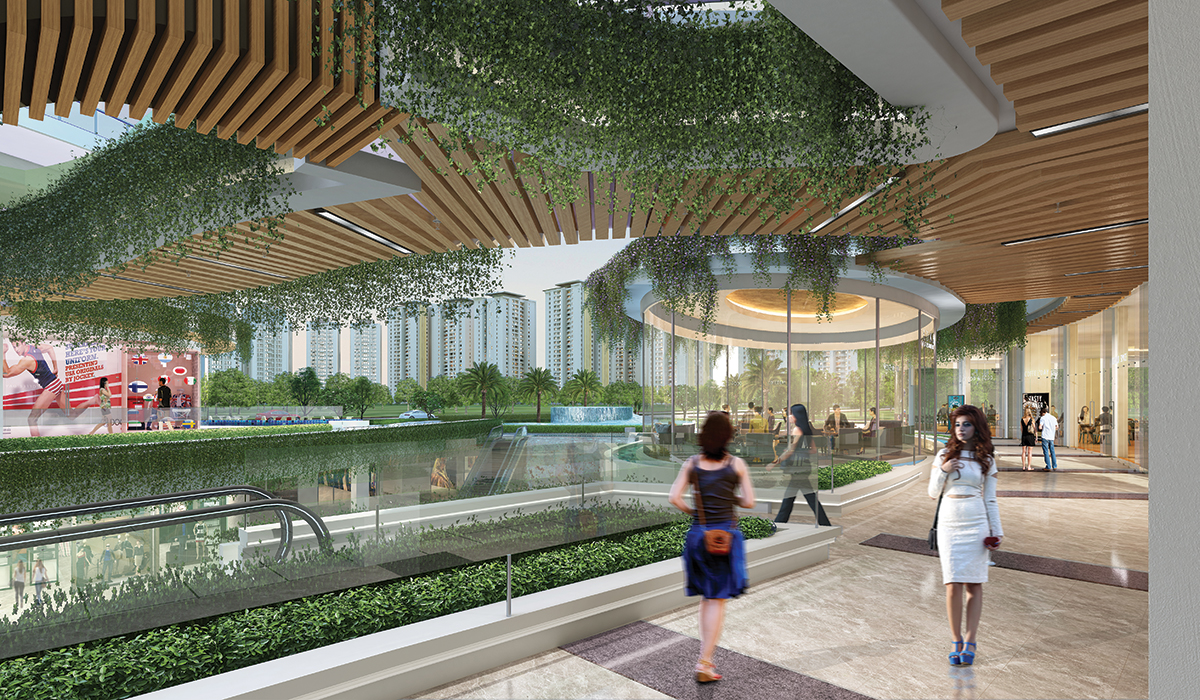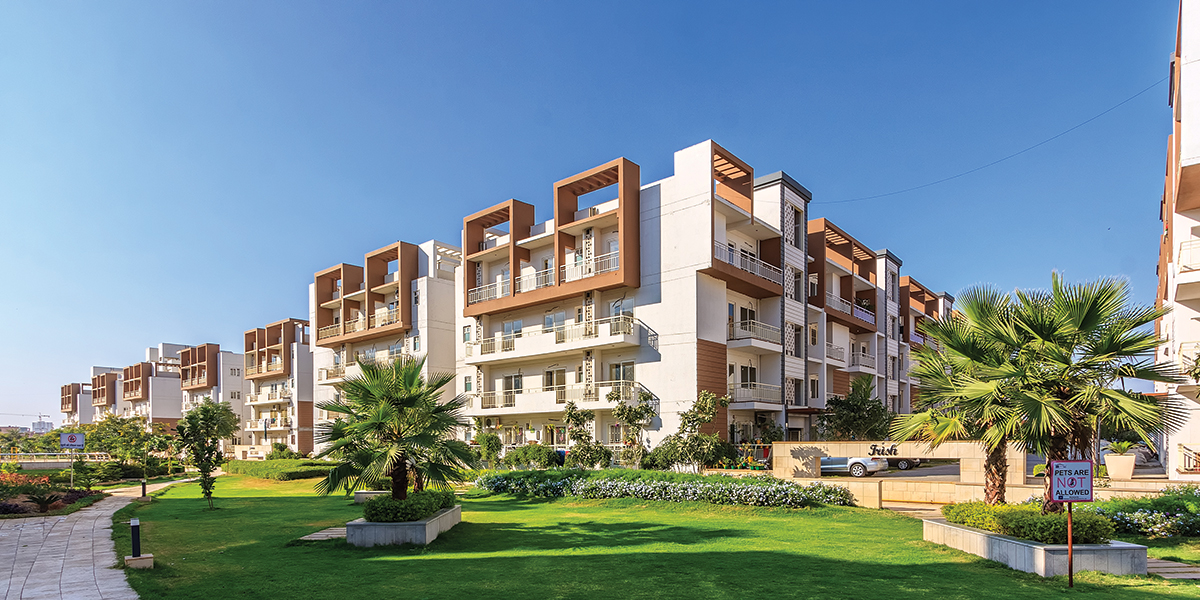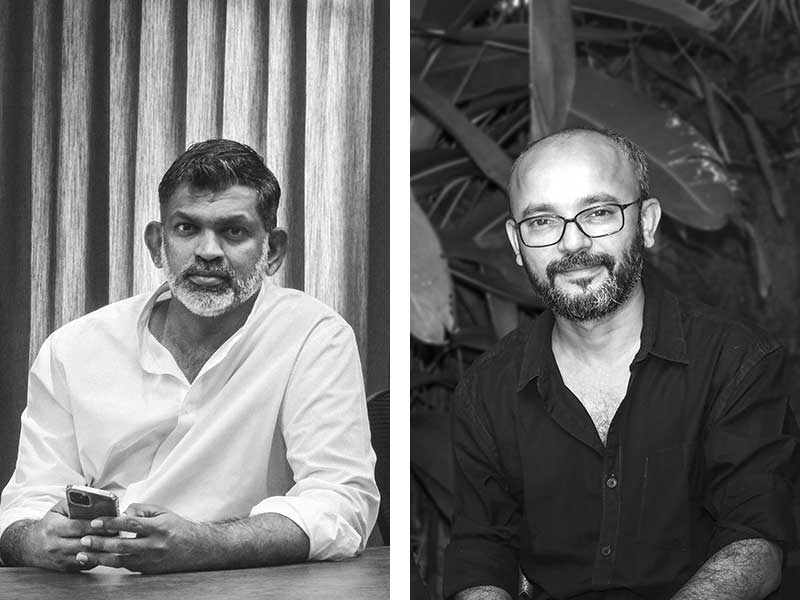Focusing on sustainable architecture is not a choice anymore but a conscious step to ensure a livable environment for us and our future generations.
Amit Singhal - Director, GPM Architects & Planners
The unprecedented impact of the Covid-19 pandemic has necessitated the need to rethink architecture and design and adopt an environment-conscious lifestyle by creating resilient and meaningful designs. The road to improved livability requires us to imbibe sustainable practices in architecture and design spaces that promote a low-carbon future.
Sustainable projects are characterized by a lower negative impact on the environment, potentially by using passive design strategies combined with innovative technology to reduce energy consumption, waste generation, and reusing resources such as water, which also lead to cost-efficiency.

In the commercial sector, the need for safer public spaces is changing to an ingenious blend of traditional design principles with modern technology. In fact, our approach towards the design of commercial spaces needs to go beyond the box-type monotony of modern buildings and provide a sustainable and connected solution to nature while offering ample opportunities for engagement. One of the models to explore is the open-to-sky high-street ‘haat’ experience, as it offers the best of both worlds – access to multiple retail stores and safe open spaces for customers to engage with. This approach has been successfully implemented in one of our projects – the ‘Sapphire’ at Gurugram. Moving away from the traditional mall morphology, it is conceptualized with connected shopping streets and open courtyards to promote maximum engagement and enhance the user experience.

Our upcoming Mahagun Marina Walk in Greater Noida incorporates rich vegetation and water bodies, enhancing the microclimate with passive cooling, improved air quality, building energy efficiency, and psychological benefits for users with a design that blurs the line between interiors and exteriors. Besides this, internal finishes have been proposed to use low volatile materials and AAC block walls for space segregation, and solar panels on rooftops to meet the energy requirements.
















